Best Extreme Cold Weather Gloves | Scientifically Tested
The warmest gloves in the world, proven by science!
Researcher Kenneth Iserson scientifically tested the best extreme cold weather gloves during winter in Antarctica.
In this article, you’ll find out which gloves performed best, and what features made them so warm.
In the end, you’ll be able to purchase the warmest gloves in the world for your own use, to keep your hands warm almost anywhere on earth.
Best Extreme Cold Weather Gloves
Below you’ll find the best gloves for extreme cold weather, proven by science.
The recommendations are sorted by type of glove.
Warmest Heated Gloves: Outdoor Research Prevail Gloves
Warmest Mittens: Marmot 8000 Meter Mittens
Warmest Gloves in the World
The warmest gloves in the world are the Outdoor Research Prevail heated gloves.
During the test in -10°F, the gloves only lost 14°F of warmth, ending at a toasty 82°F.
The heated Prevail gloves have three heat settings:
High: 2.5 hour battery life
Medium: 5 hour battery life
Low : 8 hour battery life
The gloves have great build quality featuring a wind and waterproof Gore-Tex shell, leather palm, cinching cuff to seal out any snow.
As a nice-to-have feature, the thumb and index finger are touchscreen compatible, great for snapping that epic photo at the peak of a summit.
Bottom Line: The Outdoor Research Prevail heated gloves are the warmest on the market. However, we would have seen a longer battery life on the “high” setting. Additionally, some users have reported that the fit around the circumference of the hand is tight.
| Starting Temperature | End Temperature | Temperature Loss |
|---|---|---|
| 96°F | 82°F | 14° |
Pros
- Extremely warm
- Weatherproof
- Build quality
- Touchscreen compatible
Cons
- Short battery life on "high"
- Tight fit
Warmest Mittens in the World
The Marmot 8000 Meter Mittens are the warmest mittens in the world.
During the test, they only lost 12°F, ending at 80°F.
This is actually less temperature loss than the Outdoor Research heated gloves (above), and since the Marmot mittens don’t require power, they’re the best choice for prolonged extreme cold exposure if you do not require the dexterity of fingered gloves.
The incredibly well-built 8000 Meter Mittens feature:
highly durable ripstop shell
breathable Gore-Tex, removable liner
700 fill power down insulation
leather reinforced palm
cinching collar to seal snow out
Bottom Line: The Marmot 8000 Meter Mittens are the best gloves for skiing, backpacking, or long walks in extremely cold temperatures. Since they rely on high-tech materials and down insulation, rather than batteries, they’ll continue to provide warmth for the full duration of your outdoor adventure.
*The size guide on most retailer websites is incorrect. For the best fit, go with Marmot’s guide, posted below.
Official Marmot sizing chart. If I went with REI’s recommendation, I would have purchased a size XL. Instead, the size medium I went with fits perfectly.
| Starting Temperature | End Temperature | Temperature Loss |
|---|---|---|
| 92°F | 80°F | 12° |
Pros
- Extremely warm
- No batteries
- Down insulation
- Weatherproof
Cons
- Expensive
- Less dexterity than fingered gloves
How Gloves Were Tested
Fisher Scientific™ Traceable™ Platinum High-Accuracy Refrigerator/Freezer Thermometer with Probe.
All gloves mentioned in this article were tested by Kenneth Iserson at the McMurdo Station in Antarctica during winter.
Each test period was the time needed to traverse 0.5 miles through the town and along the heights adjacent to the normally windy sea ice, which is generally about 20 minutes.
Each combination of mitten or glove and liners was tested at the same time on three different days to confirm result accuracy.
If the difference between the test results was >1°F (0.6°C), another test was performed and the outlier discarded.
The ambient and wind chill temperatures were obtained from the Station's weather service.
While weather conditions, including temperature and wind chill, varied between tests and often during the test periods, ambient temperatures during all tests were ≤−10°F (−23°C).
Kenneth was the subject for all tests and wore the same body-protective clothing on each test.
Temperatures were measured using a calibrated Fisher Scientific™ Traceable™ Platinum High-Accuracy Refrigerator/Freezer Thermometer with Probe, with a range of −148.00°F to +158°F (−100.00°C to +70°C).
The included sensor was a bullet-sized, waterproof temperature probe attached to a 10-foot-long flexible cable. The probe was taped to the radial (inner) surface of the distal small finger on the non-dominant hand.
The gloves to be tested were then donned over the probe and maximum temperature was passively achieved by standing in a building-exit anteroom (ambient temperature averaged 54°F/12°C); at that point, the building was exited and the test began.
The hand was kept immobile during the test.
The maximum and minimum temperatures for each glove test were recorded and stored in the thermometer.
Heated mittens/gloves were tested with their batteries fully charged.
Why You Should Trust Us
My name is Jared Blake. I’m a nature sound recording artist who often backpacks deep into remote wilderness regions to capture pure nature sounds, void of noise pollution.
When I’m not recording, I work in a freezer warehouse where the temperature is -20°F.
I’ve been recording sounds since 2019 and backpacking since 2015 and have learned a lot about outdoor gear for all the seasons.
As a consumer, I don’t like to waste money on inferior products and am usually willing to splurge for “the best”. Having said that, I weigh cost against features and am always looking for products that outperform their price tag.
In this post, you’ll find my top picks for extreme cold weather gloves.
Important Features To Consider
Whether you need gloves that will keep your hands warm in frigid temperatures outdoors, or just for walking the dog, some winter glove features are of equal importance.
Before purchasing your pair of gloves, it’s important that you understand the following features so you can select and purchase the best one for your unique needs with confidence:
Without further ado, let’s start learning!
Weatherproof
No matter what you use your extreme cold weather gloves for, they need to be weatherproof.
Gloves for this purpose need to withstand wind, snow, ice, and possibly rain on rare occurrences.
Even in sub zero temperatures, ice and snow can melt when close to your body, and you don’t want your gloves (and hands) to be vulnerable.
Wet fingers can spell disaster under extreme cold conditions, whether it just ruins your trip or causes frostbite.
Nowadays, most winter gloves are water and wind resistant, but always double check.
GoreTex, rubberized coatings, and leather are all good options.
Fit
Official Marmot sizing guide.
Getting the right fit is critical for your gloves to perform properly.
To get the best fit, measure your hand length and circumference with a soft tape measurer (Amazon affiliate link).
If you don’t have a soft tape, use a shoelace for your measurements, mark the lace, and lay it flat on a ruler or hard tape.
If you plan on wearing a pair of thin gloves under your heavy winter ones, be sure to measure your hand while wearing them.
Once you have your hand measurements, consult the manufacturer’s sizing guide.
It’s important to use the glove manufacturer’s guide, because retailers usually only have a single size guide for all the gloves they sell.
To illustrate this, I own and love a pair of Marmot 8000 Meter Mittens with size medium being a perfect fit. However, if I had used the REI size guide, I would have bought a size XL.
If you plan on wearing a pair of undergloves, be sure to measure your hand while wearing them, especially if they're thick.
Always use the glove manufacturer's size guide, not the one on retail websites like REI, MooseJaw, or Backcountry.
Under Gloves
BAÏST Skin Liner 2.0 under glove.
Wearing a pair of thin gloves under your winter gloves of choice can add a lot of warmth to your winter set up.
Besides adding a layer of insulation, under gloves can also help keep your hands dry if you start to sweat thanks to their superior moisture wicking abilities.
A great and affordable pair of under gloves for winter are the BAÏST Skin Liner 2.0.
They’re incredibly soft, moisture wicking, durable, and touchscreen compatible.
Using an under glove is also helpful for temperature regulation.
We all know that you don’t want to sweat in the winter. If you do, the moisture on your skin quickly drains heat from your body and can even cause hypothermia. Wearing layers is the best way to prevent sweating; when you get hot, simply take off a layer.
The same is true for gloves. If your hands start to sweat, you don’t want to expose your bare skin to the winter chill.
In this situation, under gloves can make all the difference in warmth, comfort, and safety.
Besides adding warmth, under gloves allow you to remove your outer gloves if your hands begin to sweat, while still protecting your hands from the elements.
Heated Gloves
Heated gloves are awesome at keeping your hands nice and toasty, but have many down sides:
batteries must be charged fully before use
short battery life on “high” setting
extra wires and lithium ion battery packs add bulk and weight
If you’re someone who suffers from Raynaud’s disease or gets cold easily, heated gloves could make winter more accessible and enjoyable, so long as you keep your adventures short.
Most heated gloves will only last on their maximum heat setting for 3 hours.
This greatly limits their use and makes them best for short outdoor adventures.
However, if you run hot, you can get up to 8 hours of electronic heat on most heated gloves’ “low” setting.
Though offering extreme warmth, heated gloves are limited by their battery life.
As a consequence, they're best for warmer temperatures, or short duration uses such as walking the dog, shoveling, or short day hikes.
Support Acoustic Nature
If you enjoyed this post and would like to help support Acoustic Nature, please consider "buying me a coffee" or becoming a Patreon with the buttons below.
As a thank you for your support, Patreon supporters receive a copy of Field Recording For Beginners, exclusive access to the full Behind The Sounds video series, nature sound library downloads, and more.
If you are unable to support the site financially, please share this post with others, or leave a comment below letting me know you enjoyed this post! Both are free and help the website grow. Thank you ♫
Thanks for reading,
-Jared


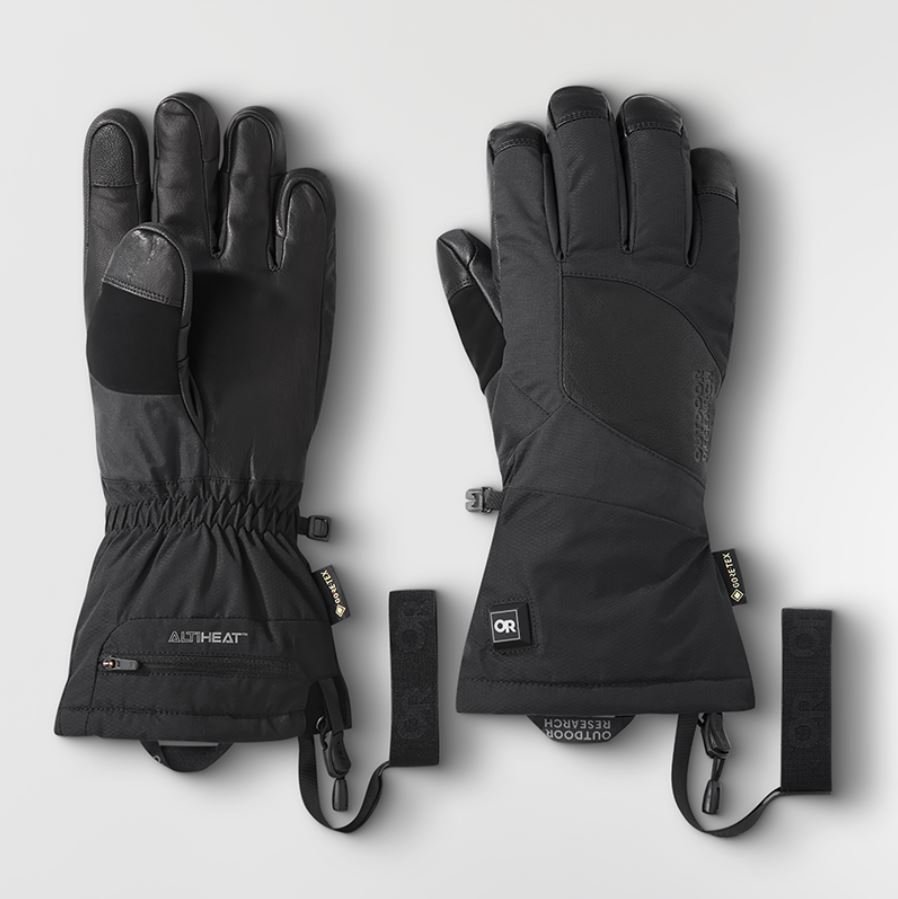

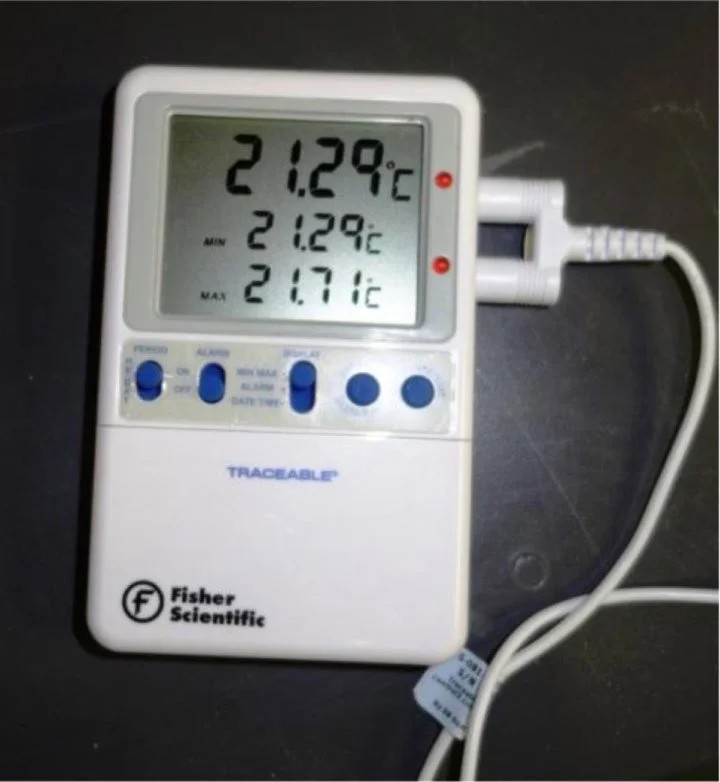


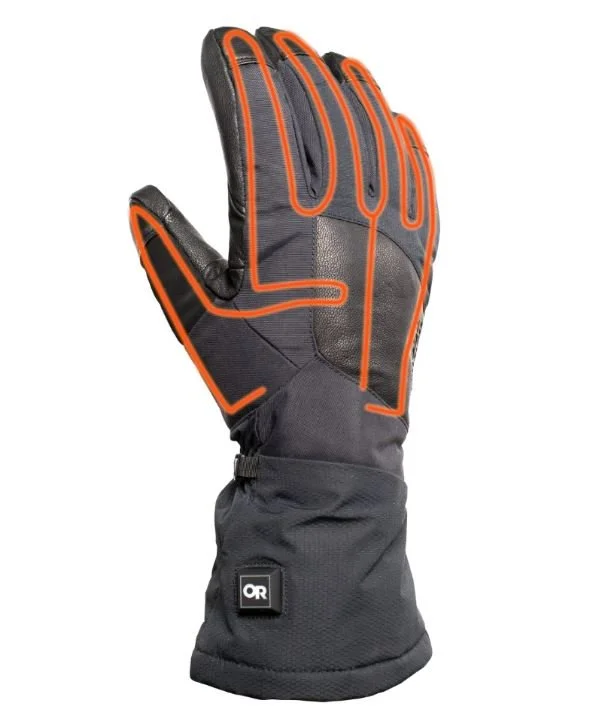
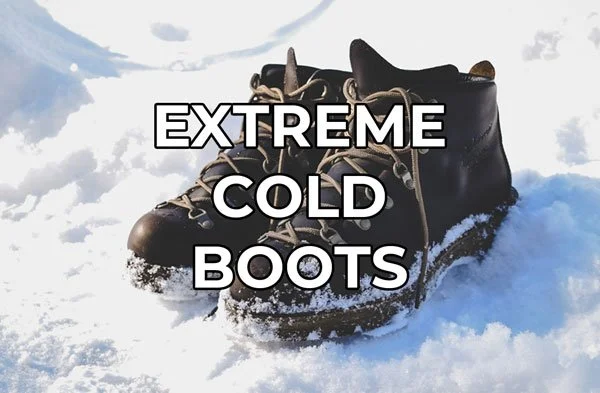

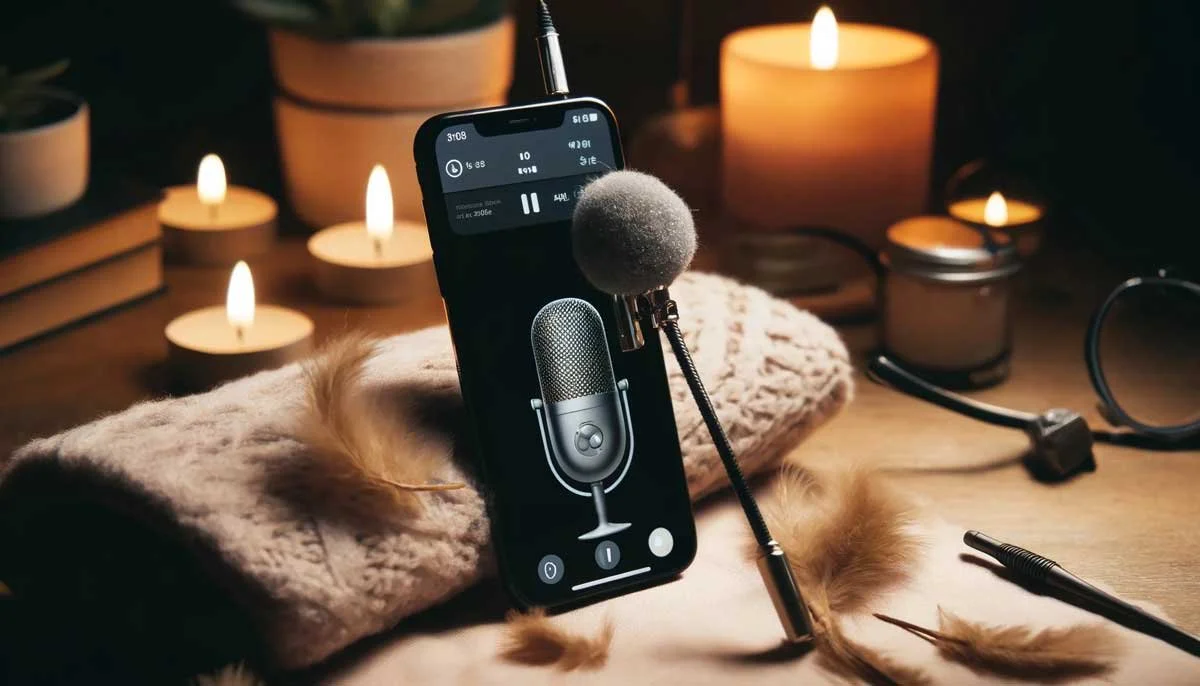







Discover the Top Nature-Inspired Coffee Table Books